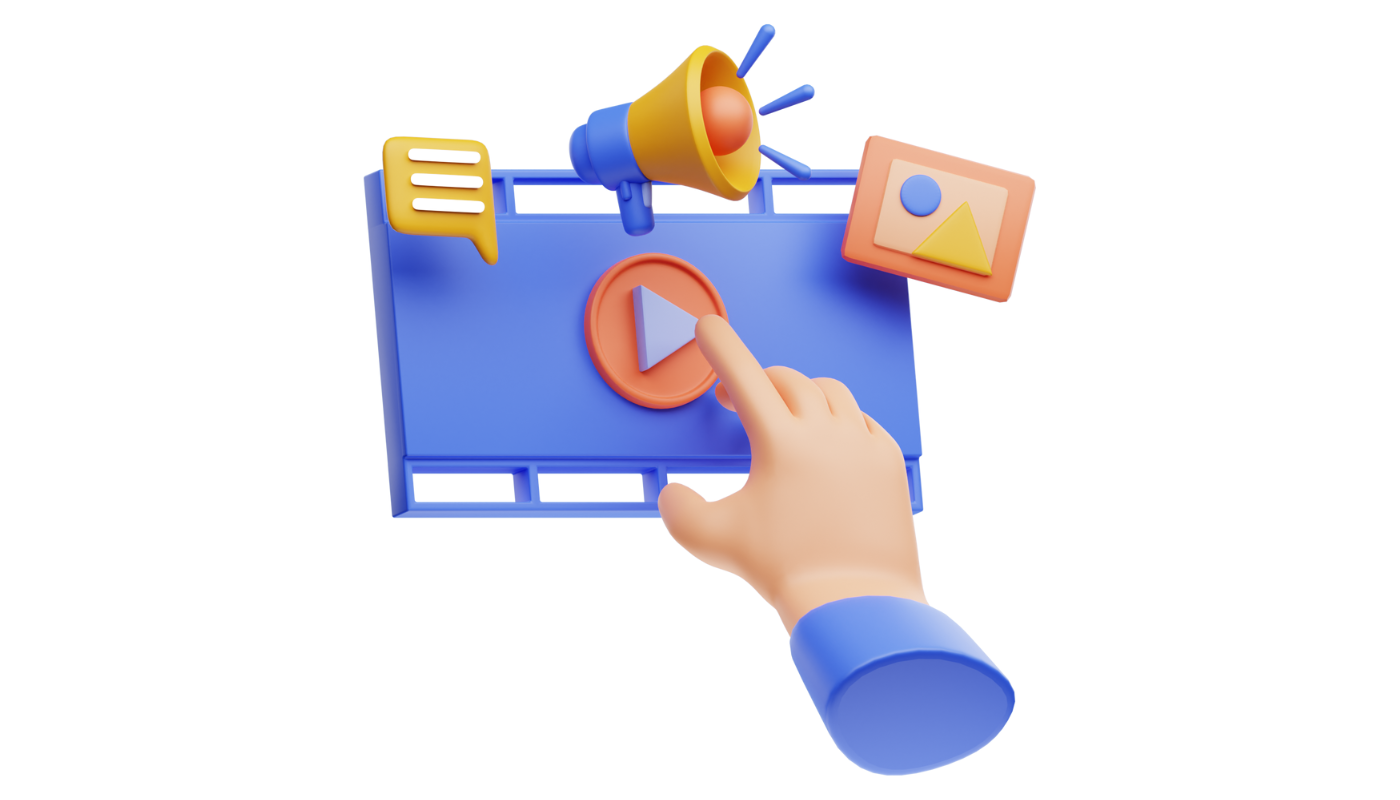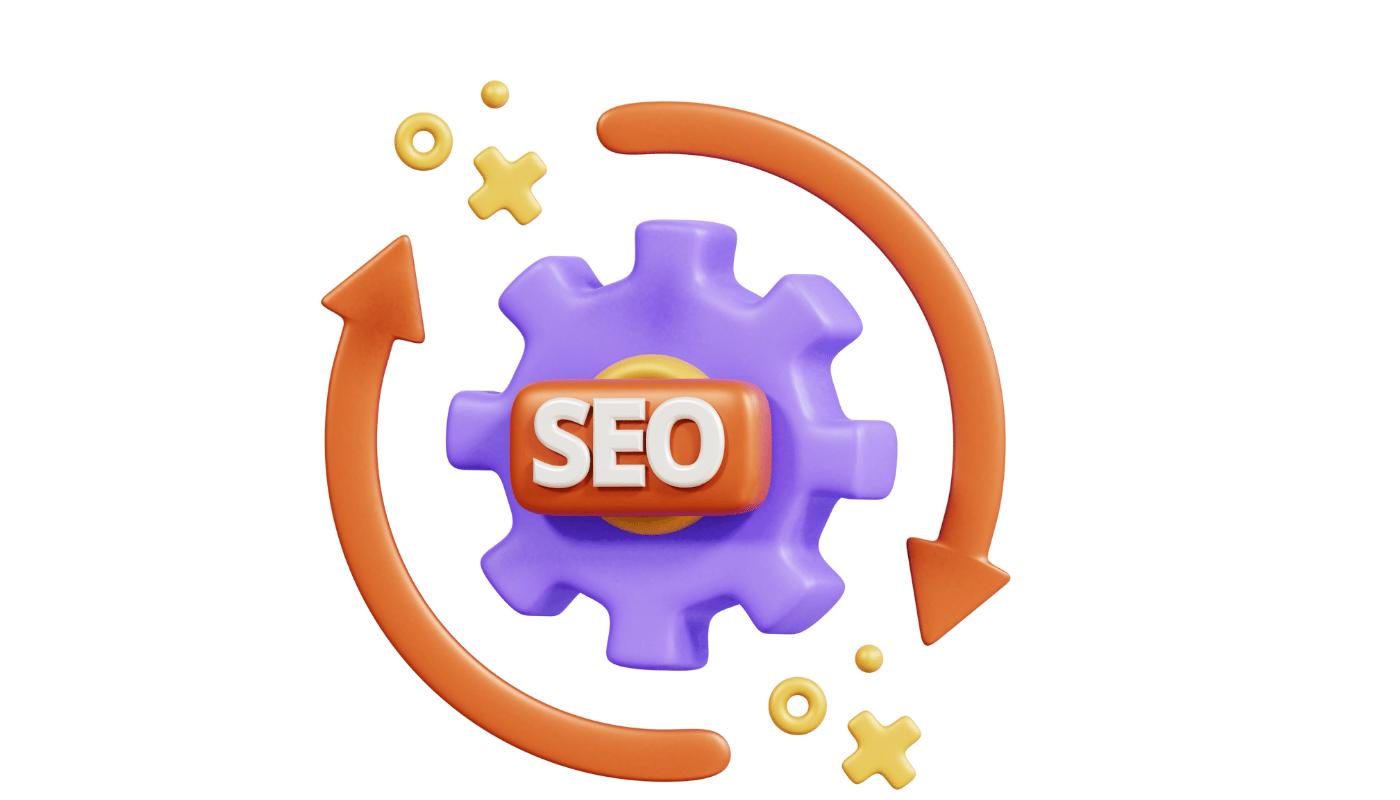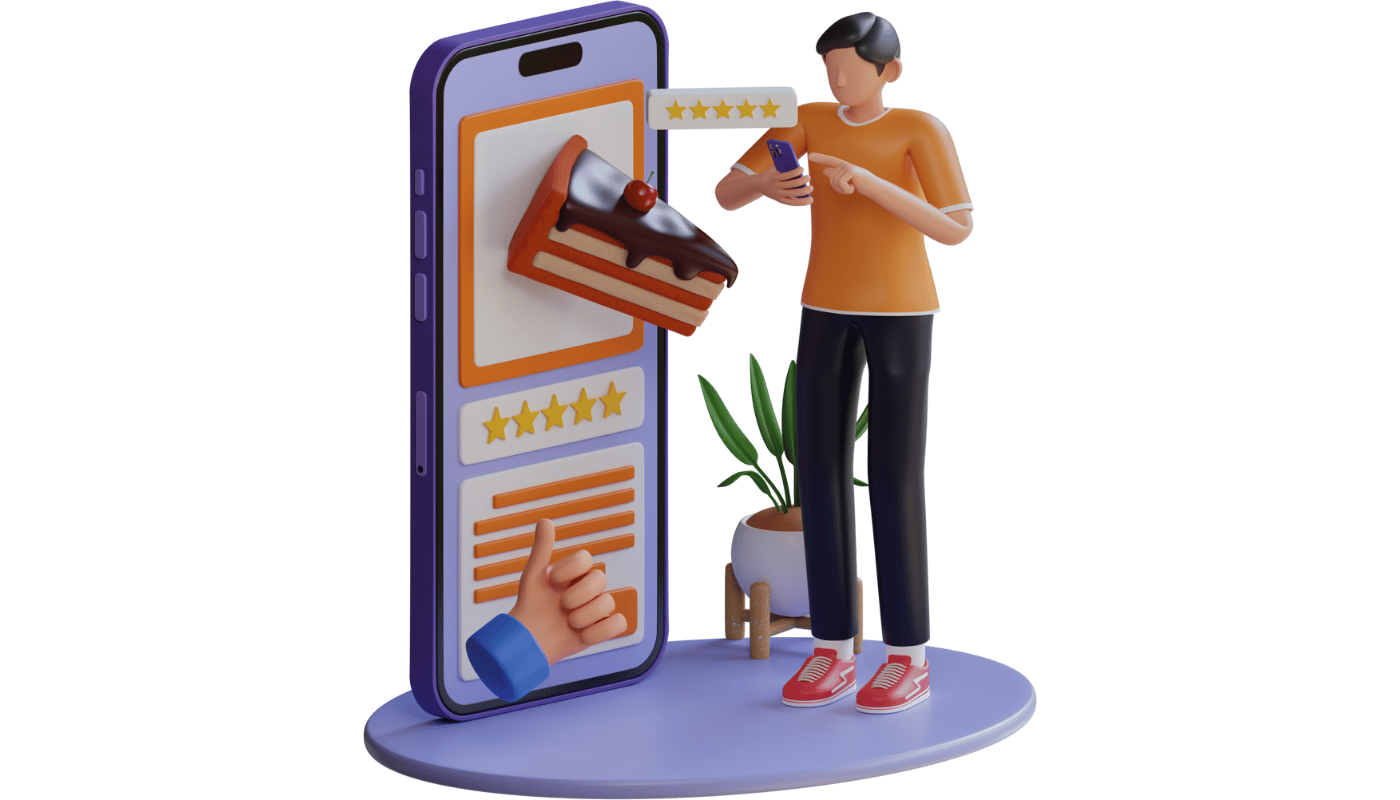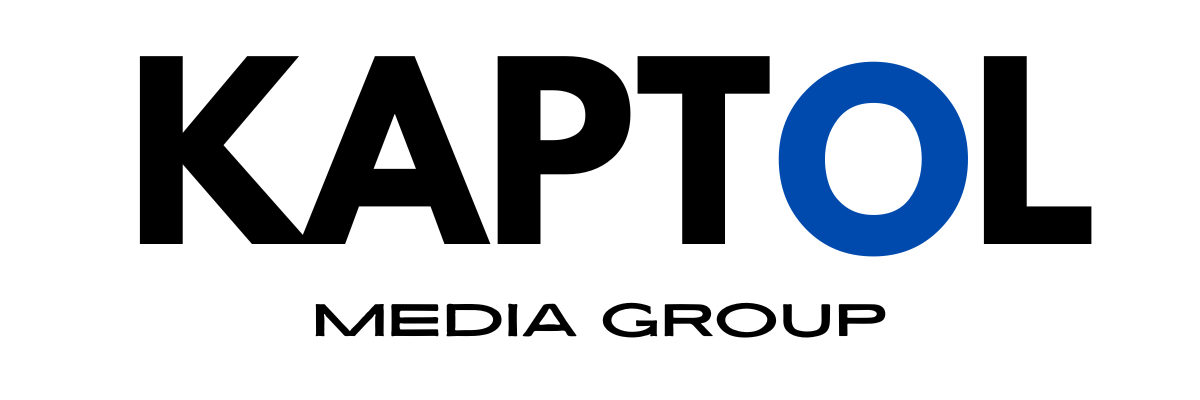Top 7 Questions People Ask About Website Design
Top 7 Questions People Ask About Website Design

Website design is a critical aspect of any online presence.
Whether you're a business owner looking to establish your brand online, a blogger wanting to create a platform for your thoughts, or someone starting a new e-commerce venture, your website design can make or break your success.
Below are the top seven questions people often ask about website design, providing insights that can help guide your project from conception to launch.
1. Why is Website Design Important?
The importance of website design cannot be overstated.
A well-designed website serves as the foundation of your online presence and influences how your audience perceives your brand.
Here’s why it’s crucial:
- First Impressions Matter: Your website is often the first interaction potential customers have with your business. A clean, modern design can make a strong, positive first impression, while a cluttered or outdated site can drive visitors away.
- User Experience (UX): Good design is more than aesthetics; it’s about functionality. A website that is easy to navigate, loads quickly, and provides valuable information enhances the user experience, encouraging visitors to stay longer and explore more.
- Brand Identity: Your website is a reflection of your brand. Consistent use of colours, fonts, and imagery that align with your brand’s identity helps reinforce your message and build trust with your audience.
- SEO and Visibility: Search engines favour well-designed websites. A properly structured site with responsive design, fast loading times, and optimised content can improve your search engine ranking, making it easier for potential customers to find you.
- Conversion Rates: The goal of most websites is to convert visitors into customers, subscribers, or followers. A thoughtfully designed website with clear calls to action (CTAs) and a smooth user journey can significantly improve conversion rates.
2. What Should Be Included in a Website Design?
When planning a website, it's essential to consider all the elements that contribute to a cohesive and effective design.
These include:
- Clear Navigation: Visitors should be able to find what they’re looking for quickly and easily. A logical menu structure and search functionality are key components.
- Responsive Design: With more people accessing websites on mobile devices, responsive design that adapts to different screen sizes is no longer optional. It’s a must-have.
- High-Quality Content: Content is king. Your website should include engaging, relevant, and regularly updated content that speaks directly to your target audience.
- Visual Elements: This includes images, videos, graphics, and typography. High-quality visuals that align with your brand can enhance user engagement and communicate your message effectively.
- Fast Load Times: Slow-loading websites frustrate users and can lead to high bounce rates. Optimise your site for speed by minimising file sizes, leveraging browser caching, and using a content delivery network (CDN).
- Contact Information: Make it easy for visitors to get in touch with you. This could be through a contact form, email address, phone number, or even a live chat feature.
- Security Features: With cyber threats on the rise, integrating security measures like SSL certificates and secure payment gateways is essential to protect user data and build trust.
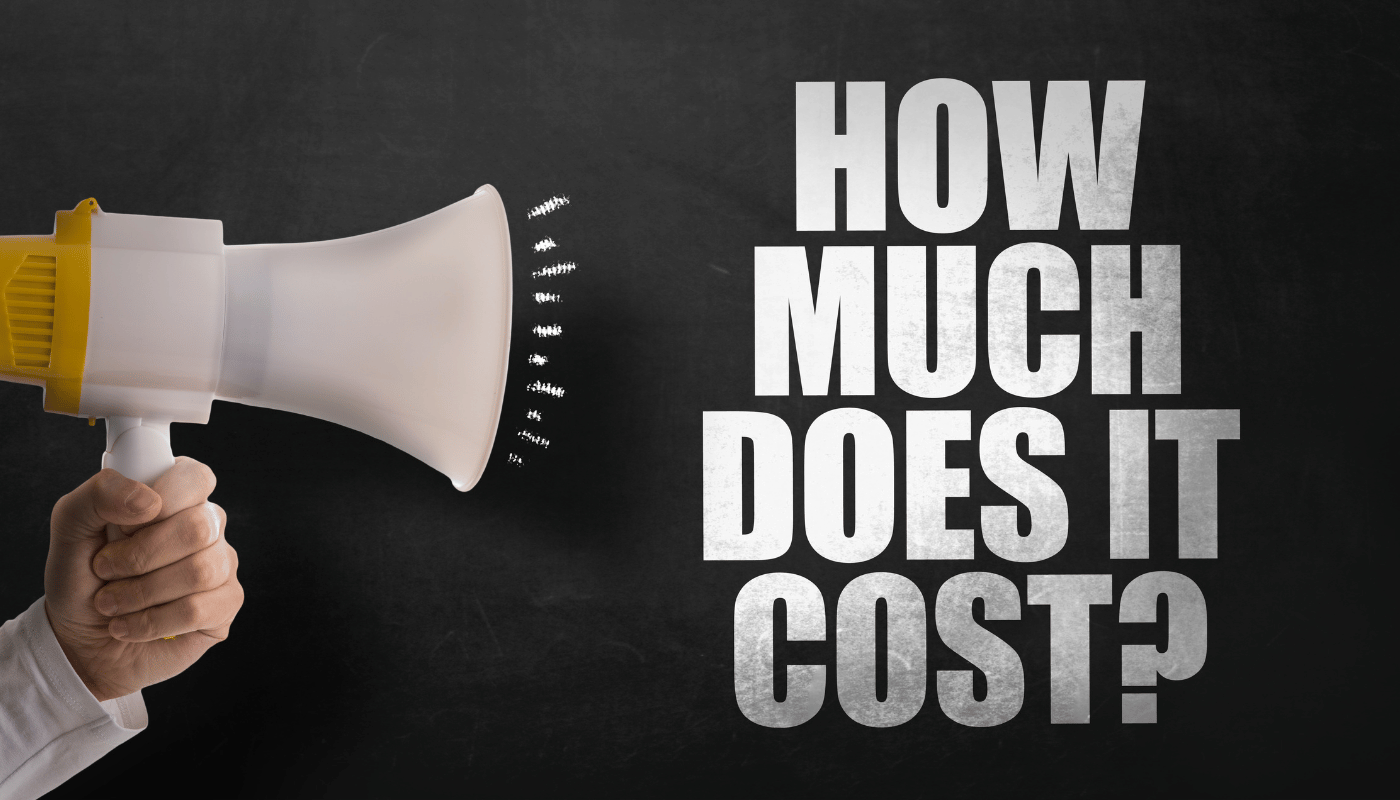
3. How Much Does Website Design Cost?
The cost of website design can vary widely depending on several factors:
- Complexity and Functionality: A simple, one-page website will cost significantly less than a complex e-commerce site with multiple product pages, payment integrations, and custom features.
- Design Customisation: A fully customised design created from scratch will be more expensive than using a pre-designed template or theme.
- Content Creation: If you need content like text, images, videos, or graphics created, this will add to the cost.
- Developer Rates: The rates of web designers and developers can vary based on their experience, location, and reputation. Freelancers may charge less than a professional agency, but this can come with trade-offs in terms of support and quality.
- Maintenance and Updates: Ongoing costs for hosting, domain registration, security updates, and content management should also be factoured in.
On average, a basic website design might cost anywhere from $500 to $5,000, while a more complex site could range from $5,000 to $30,000 or more.
It’s important to get detailed quotes and understand what is included in the price before committing.
4. How Long Does It Take to Design a Website?
The timeline for website design depends on the project’s scope, the designer’s process, and the client’s responsiveness.
Here’s a general breakdown:
- Discovery and Planning (1-2 Weeks): This phase involves discussions between you and the designer to understand your goals, target audience, and design preferences. It may also include research and gathering of content.
- Wireframing and Design (2-4 Weeks): In this stage, the designer creates wireframes to outline the website’s structure and layout. Once approved, they’ll move on to designing the actual pages with visuals and content.
- Development (3-6 Weeks): This is where the design is brought to life. The developer builds the website, integrating all necessary features and ensuring it functions smoothly across devices.
- Testing and Revisions (1-2 Weeks): Before launch, the website goes through rigorous testing to identify and fix any issues. Revisions based on feedback from the client are also made during this stage.
- Launch and Post-Launch (1 Week): Once everything is finalised, the website is launched. Post-launch, the designer or developer may monitor the site to ensure everything is working as expected and provide training or support as needed.
In total, a standard website design project could take anywhere from 6 to 12 weeks. More complex projects could take longer.
5. How Do I Choose the Right Web Designer?
Choosing the right web designer is crucial to the success of your project.
Here are some tips to help you make an informed decision:
- Portfolio Review: Look at the designer’s past work to assess their style, versatility, and expertise. Ensure they have experience with websites similar to what you’re envisioning.
- Client Testimonials: Reading reviews or testimonials from previous clients can give you insight into the designer’s professionalism, communication skills, and ability to deliver on promises.
- Technical Skills: Ensure the designer is proficient in the platforms and technologies you plan to use, whether it’s WordPress, Shopify, HTML/CSS, or custom coding.
- Communication and Collaboration: Choose someone who listens to your ideas, understands your goals, and communicates clearly. The design process should be collaborative, with regular updates and opportunities for feedback.
- Budget Alignment: Be upfront about your budget and make sure the designer’s rates align with it. A good designer will provide a clear, detailed quote and explain what’s included.
- Post-Launch Support: Find out what kind of support the designer offers after the website is live. This could include training, troubleshooting, or ongoing maintenance.

6. What Are the Latest Trends in Website Design?
Website design trends evolve quickly, and staying current can help your site stand out.
Here are some of the latest trends:
- Minimalism: Clean, simple designs with plenty of white space continue to be popular. Minimalism focuses on essential elements, providing a distraction-free user experience.
- Dark Mode: Offering a dark mode option has become a trend, giving users the choice to switch to a darker colour scheme, which can be easier on the eyes and save battery life on mobile devices.
- Microinteractions: Small animations or responses to user actions, like a button changing colour when clicked, add an interactive and engaging element to the website.
- 3D Elements: With advancements in technology, 3D visuals and animations are becoming more common, providing a more immersive experience for users.
- Custom Illustrations: Instead of stock photos, many websites are using custom illustrations that align with their brand identity, adding a unique and personal touch.
- Voice User Interface (VUI): As voice search becomes more prevalent, integrating VUI into website design can enhance accessibility and user experience.
- Sustainability: Eco-friendly design practices, such as optimising for energy efficiency and reducing the site’s carbon footprint, are gaining traction.
7. How Can I Improve My Existing Website Design?
If you already have a website but feel it’s not performing as well as it should, here are some steps you can take to improve it:
- Conduct a Website Audit: Analyze your site’s performance, including load times, mobile responsiveness, SEO, and user experience. Identify areas that need improvement.
- Update Content: Fresh, relevant content is key to keeping visitors engaged and improving your search engine ranking. Regularly update your blog, product pages, and other key areas.
- Optimise for Mobile: Ensure your website is fully responsive and provides a seamless experience on all devices, especially mobile.
- Improve Load Times: Slow websites lose visitors. Optimise images, use caching, and consider a CDN to speed up your site.
- Enhance Navigation: Simplify your menu structure, add a search function, and ensure visitors can easily find what they’re looking for.
- Incorporate Modern Design Elements: Update your site’s visual appeal with current design trends like minimalism, custom illustrations, or microinteractions.
- A/B Testing: Experiment with different design elements, CTAs, or content layouts to see what resonates most with your audience.
Conclusion
Website design is a multifaceted discipline that requires careful consideration of various elements to ensure a successful online presence.
By understanding the importance of design, knowing what to include, choosing the right designer, and staying up-to-date with trends, you can create a website that not only looks great but also performs effectively.
Whether you’re starting from scratch or looking to improve an existing site, these insights will help guide you towards improving your digital presence.
Contact us at Kaptol Media to start the process of dominating the dgital space in your industry.


